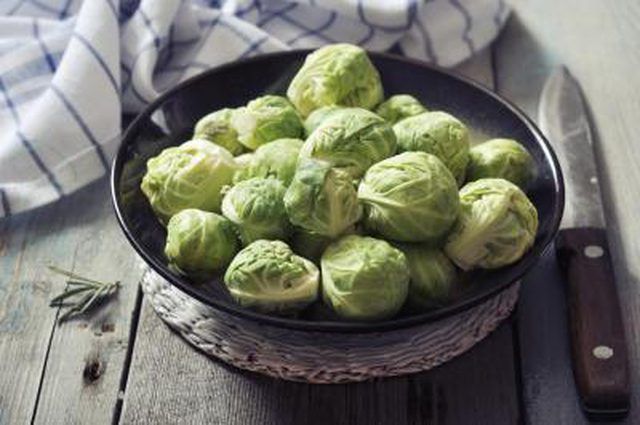Bulbs
Flower Basics
Flower Beds & Specialty Gardens
Flower Garden
Garden Furniture
Garden Gnomes
Garden Seeds
Garden Sheds
Garden Statues
Garden Tools & Supplies
Gardening Basics
Green & Organic
Groundcovers & Vines
Growing Annuals
Growing Basil
Growing Beans
Growing Berries
Growing Blueberries
Growing Cactus
Growing Corn
Growing Cotton
Growing Edibles
Growing Flowers
Growing Garlic
Growing Grapes
Growing Grass
Growing Herbs
Growing Jasmine
Growing Mint
Growing Mushrooms
Orchids
Growing Peanuts
Growing Perennials
Growing Plants
Growing Rosemary
Growing Roses
Growing Strawberries
Growing Sunflowers
Growing Thyme
Growing Tomatoes
Growing Tulips
Growing Vegetables
Herb Basics
Herb Garden
Indoor Growing
Landscaping Basics
Landscaping Patios
Landscaping Plants
Landscaping Shrubs
Landscaping Trees
Landscaping Walks & Pathways
Lawn Basics
Lawn Maintenance
Lawn Mowers
Lawn Ornaments
Lawn Planting
Lawn Tools
Outdoor Growing
Overall Landscape Planning
Pests, Weeds & Problems
Plant Basics
Rock Garden
Rose Garden
Shrubs
Soil
Specialty Gardens
Trees
Vegetable Garden
Yard Maintenance
How to Grow Brussels Sprouts in Pots
How to Grow Brussels Sprouts in Pots. Lack of garden space shouldn't stop you from growing a crop of Brussels sprouts (*Brassica oleracea gemmifera*). Simply pot them up in containers on a porch, patio or even an unheated, bright indoor area. Brussels sprouts are **annual plants** that take between 80 and 110 days to grow before harvest. **Dwarf**...

Lack of garden space shouldn't stop you from growing a crop of Brussels sprouts (Brassica oleracea gemmifera). Simply pot them up in containers on a porch, patio or even an unheated, bright indoor area. Brussels sprouts are annual plants that take between 80 and 110 days to grow before harvest. Dwarf and semi-dwarf varieties, such as "Catskill" or "Long Island," work best for containers. Brussels sprouts grow in U.S. Department of Agriculture plant hardiness zones 2 through 10.
Selecting the Right Pot
Grow Brussels sprouts, one to a pot, in 12-inch-diameter containers or grow multiple plants in large planters, leaving 24 inches between plants. Only use planters with drainage holes in the bottom. Plastic, wood, metal and terra cotta all work well. If you use old, reclaimed wood such as window boxes or troughs as planters, make sure it's not made pressure-treated wood or painted with lead or other toxic paint.
Potting Soil, Compost and Water
Mix 2 parts standard potting soil with 1 part well seasoned compost to grow Brussels sprouts in pots. This compost-potting soil mix provides nutrients for the first part of the growing season.
Water the containers when the top of the soil starts to feel dry, adding enough to thoroughly soak the potting soil all the way through. When excess water starts to leak out the bottom, it indicates the soil is thoroughly damp.
Growing Season and Sun Needs
This cold-weather crop grows best when the air temperature is between 45 and 75 degrees Fahrenheit. Grow container Brussels sprouts outdoors starting in late winter, four weeks before the last frost. Started in late summer, they grow well through the fall and early winter. In mild climates, grow Brussels sprouts outdoors in winter.
Grow Brussels sprouts in pots where they will get at least six hours of sun each day.
Mid-Season Fertilizer
Fertilize mid-season, when the plants stand about 12 inches tall. Select a water-soluble fertilizer for vegetables and herbs with high nitrogen content for strong leaf production. Nitrogen is the first number on the label. A general purpose vegetable fertilizer, for example a 24-8-16 formula, works well. Use 1/2 teaspoon mixed with 1 gallon of water for each plant. Pour the water over the soil, then add more water if needed to soak the soil all the way through.